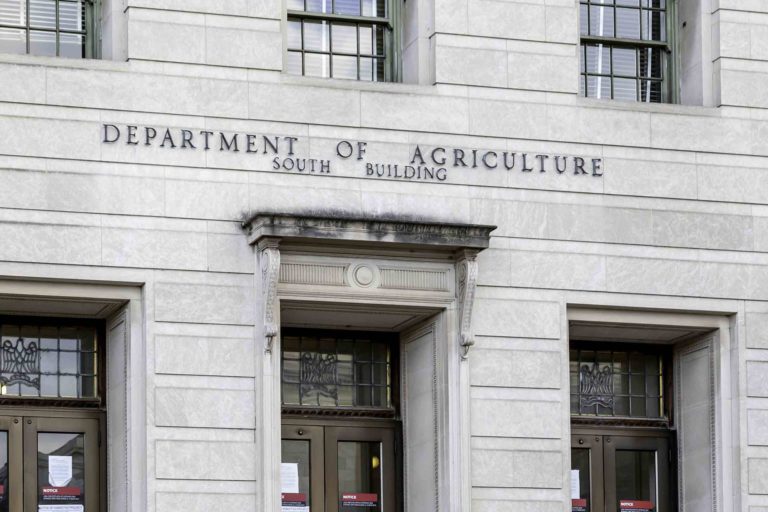
On January 19, 2021, the USDA released its final rule in regards to the Farm Bill passed back in 2018. This final rule supersedes the interim rule stated back in October of 2019. To understand the final rule, let’s first take a look at how the hemp regulation has changed since 2014.
Timeline
Back in 2014, the USDA passed an early version of the Farm Bill. Called the Agricultural Act of 2014, it stated that hemp research was legalized in states that allowed hemp usage. If the state didn’t allow for the research, then it was up to the research facility or Native American Tribe to contact both the USDA and the state legislature for approval.
Farm Bill
Then, in 2018, the USDA passed another Farm Bill that legalized hemp on the federal level. Hemp and cannabis had previously been lumped together because they are versions of the same plant. In the 1970s, the Controlled Substances Act put the cannabis plant as a whole on the Schedule I drug list. This scheduling is used for the most dangerous drugs in the country that have highly addictive properties. Schedule I drugs also have the potential to do physical and psychological harm.
Hemp is now separate from cannabis, and is defined as having less than 0.3 percent of Delta 9 THC. If a plant meets that standard, then it is legal to grow, produce, sell, and consume on the federal level. Delta 9 is the psychoactive cannabinoid in cannabis responsible for the euphoric high consumers feel.
On October 31, 2019, the USDA released an interim final rule (IFR) to try and add more clarification to the Farm Bill. The IFR also hoped to answer any questions from the general public. A public question forum opened for comments to help create a permanent final rule. Unfortunately, this interim final rule caused more confusion than before. Many businesses and advocates became concerned that this bill would only be useful for those who wished to produce CBD products and not other products such as cloth, paper, and other material supplies. Over 5,600 comments were submitted to the USDA about potential changes and concerns on the IFR.
Final Ruling
This past month, the USDA approved an updated Final Rule. It’s 96 pages long, breaking down of how the hemp program will run in the states. There are also sections on which agency will monitor the program, appropriate testing measures, proper disposal, and approved for consumption and usage. The final rule does build off of the IFR but adds more clarification where the IFR caused confusion.
One thing that many growers and labs were concerned about involved the 15-day testing period before harvesting crops. The old system didn’t account for user error or testing backlogs, both of which regularly occurred. The final rule extended this testing period to 30 days to help accommodate any unforeseen delays. This put significantly less pressure on the growers and labs to get testing done in such a short period of time.
The other big concern addressed in the final ruling is how to dispose of plants that are non-compliant. In the interim, the only means of disposing of non-compliant plants was to burn them. This would mean that growers would lose revenue and time for the plants that didn’t fit within this scope. There was concern that the products produced from these plants remained within the law. The plant structure would change once processed, heated , and changed into the correct product. The interim rule wouldn’t allow this. But the final rule does. Growers are allowed to sort ‘rewire’ their crops into less potent products than the plant itself to sell to the general public. If the product doesn’t comply with the rules, then it will be disposed of through additional disposal methods. Burning the hemp plant is no longer a viable option of disposal.
Questions Remain
While the final rule answers many questions, there is still some push back for advocates. However, this is a large step forward for those who are looking to get into the hemp industry as small businesses. It will be interesting to see where this multi-billion dollar industry goes in the next few years, as more states push for decreased hemp regulation.
Make sure to check back for more cannabis and hemp related news.